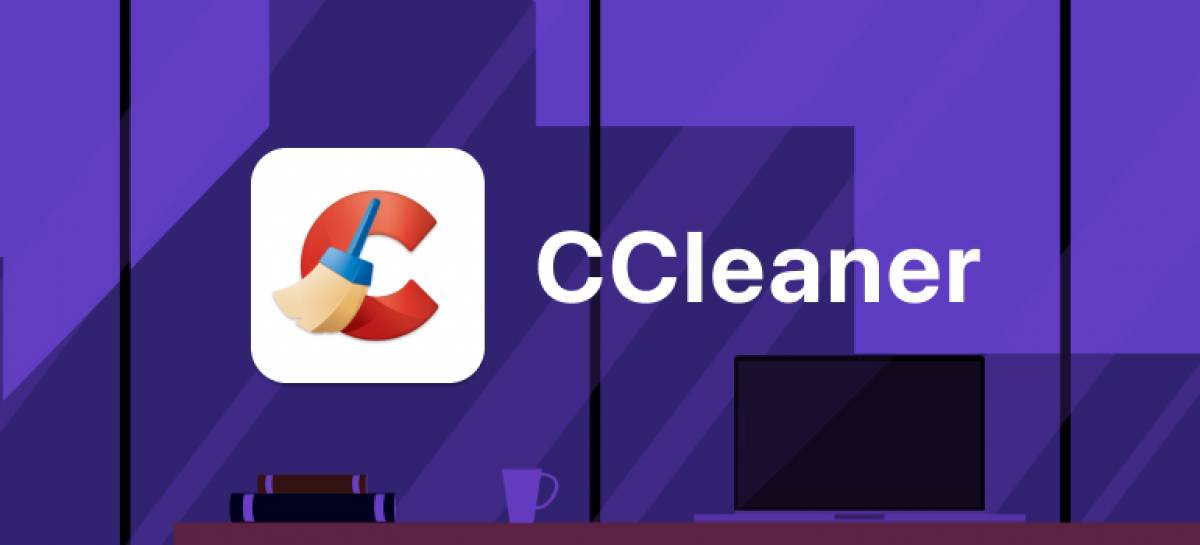In the rapidly evolving landscape of artificial intelligence, few innovations have captured the imagination quite like ChatGPT. Conceived by the visionary minds at OpenAI, ChatGPT has emerged as a game-changer in the field of conversational AI, offering unprecedented capabilities and potential. In this article, we delve into the origins, features, and implications of ChatGPT, exploring its pros and cons in depth.
Origins and Evolution of ChatGPT
Born out of OpenAI’s commitment to pushing the boundaries of AI, ChatGPT represents the culmination of years of research and development. Building on the successes of its predecessors, particularly the GPT-3 model, ChatGPT was envisioned as a more sophisticated conversational agent. OpenAI recognized the need to create an AI that could not only comprehend human language intricacies but also engage in contextually rich and coherent conversations.
Features and Functionality of ChatGPT
At its core, ChatGPT is a marvel of neural network architecture and vast training data. Its ability to comprehend nuances, discern context, and generate human-like responses makes it a powerful tool for a variety of applications. With access to an extensive dataset spanning diverse topics and dialogue patterns, ChatGPT can seamlessly converse on subjects ranging from technical to casual, making it versatile and adaptable.
Pros of ChatGPT: A Game-Changer in Communication
- Natural Interaction: ChatGPT’s capacity to emulate human-like conversation fosters more engaging and authentic interactions, making it ideal for customer service, virtual assistance, and beyond.
- Knowledge Repository: Boasting an extensive knowledge base, ChatGPT serves as a valuable source of information, delivering quick and accurate responses across various domains.
- Language Bridge: With real-time language translation capabilities, ChatGPT bridges language gaps, enabling seamless communication across the globe.
- Content Generation: Content creators can leverage ChatGPT for brainstorming, drafting, and enhancing creativity, streamlining the writing process.
- Educational Companion: Students can harness ChatGPT’s capabilities to seek explanations, summaries, and clarifications, enhancing their comprehension and learning experience.
Cons of ChatGPT: Navigating Challenges
- Contextual Hiccups: Occasionally, ChatGPT struggles to grasp nuanced context, resulting in responses that may appear plausible but lack contextual accuracy or coherence.
- Generic Output: The model’s responses can sometimes be generic or overly cautious, lacking the depth of insight that a human conversationalist might provide.
- Unintended Bias: Similar to its predecessors, ChatGPT can inadvertently reinforce biases present in its training data, potentially perpetuating misinformation or stereotypes.
- Emotional Limitations: Despite its conversational prowess, ChatGPT lacks true emotional comprehension, making it unsuitable for sensitive discussions or providing emotional support.
Conclusion: Paving the Path Forward
In the journey of AI evolution, ChatGPT stands as a remarkable achievement, ushering in a new era of interactive technology. Its strengths, such as authentic conversations and a wealth of knowledge, position it as an indispensable asset. However, its limitations, including contextual challenges and bias propagation, highlight the importance of ethical and cautious usage. As OpenAI continues to refine these models, the fusion of innovation and responsibility remains paramount. ChatGPT’s trajectory reminds us of the vast potential AI holds while underscoring the collective responsibility to steer its progress in ways that positively shape our society.



